Pricing has always been a reflection of value – but what happens when AI completely changes what that value looks like?
As intelligent systems automate work, personalize experiences, and deliver measurable business results, pricing strategies built for traditional SaaS just don’t cut it anymore.
This article explores how AI is transforming the economics of software and how product marketers can lead that change. We’ll cover:
- The move from features to outcomes – why value, not access, now drives pricing decisions
- Emerging AI pricing models – and how to choose the right one for your product
- The PMM’s expanding role – turning pricing into a story of trust, transparency, and growth
Let’s start by unpacking the biggest change of all – the shift from features to outcomes, and why AI is forcing us to rethink pricing from the ground up.
The shift from features to outcomes
A recent survey found that three out of four software companies changed their pricing last year. It’s wild. I haven’t seen that kind of velocity in pricing changes in over a decade. AI is disrupting not just pricing models but the entire strategy behind them.
So, what do these new strategies look like? Frankly, they’re all over the place. Every company seems to have its own model, and it can drive you a little nuts trying to make sense of it all. But when you think about it, the reason is clear: the value that software delivers is shifting with AI.

Over the years, there's been an evolution in how people pay for the value that their tech provides. This evolution comprises three key phases:
- The seats era: Remember the on-premise software days? Everything was bundled in, and the price rarely changed. It was simple, predictable, and, frankly, kind of boring.
- The access era: Then came the cloud, with scalable infrastructure, accessible data, and dynamic value. The focus moved to access. Companies like Salesforce redefined pricing structures.
- The value era: Now, with the rise of AI, we’re in what I call the value era. AI works for you – automating tasks, driving outcomes, learning, and even making decisions. It’s a whole new world. Because of that, traditional pricing strategies just don’t fit anymore.
It’s not just pricing strategies that are evolving; customers are evolving, too. They’ve moved from “I want to pay for software” to “I want to pay for access,” and now to “I want to pay for value delivered.” That shift in mindset is making pricing more complex than ever.
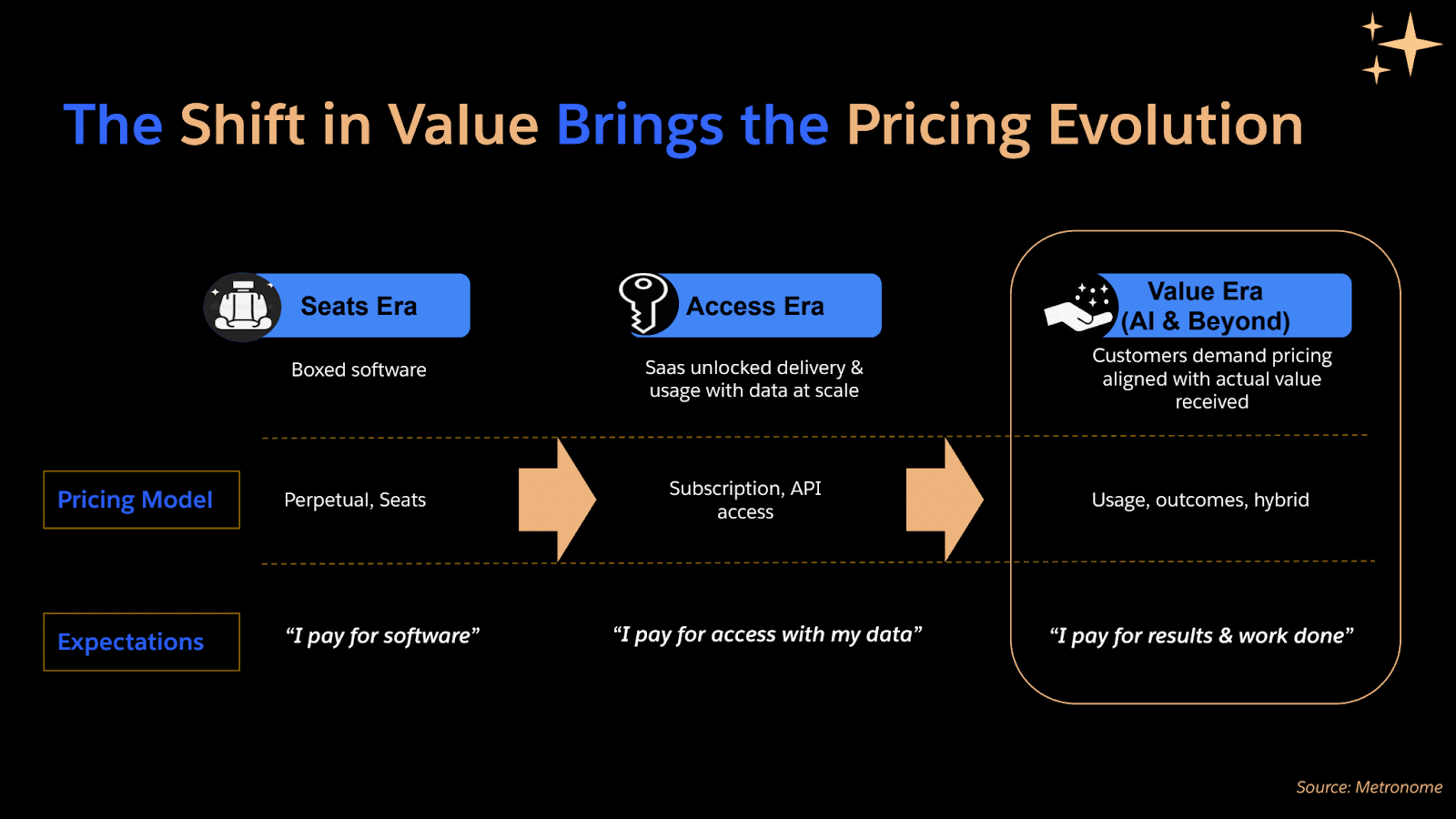
Why AI complicates pricing
AI adds a whole new layer of complexity to pricing.
First, there’s a new set of costs to consider – computing, data processing, and large language model (LLM) expenses. While those costs are gradually declining (which is good news), the real challenge lies in how AI delivers value.
The magic of AI can’t be easily gated. Imagine a tool that can create a full marketing campaign from a single prompt – how do you lock that behind a single feature?
Plus, AI’s value isn’t linear. One power user might consume huge amounts of computing power, while another barely scratches the surface. Remember when Sam Altman said that OpenAI is losing money on its $200 plan because customers are using it so much? It’s exactly that problem.
All these factors make AI pricing incredibly complex – and also incredibly exciting.
For expert advice like this straight to your inbox every Friday, sign up for Pro+ membership.
You'll also get access to 30+ certifications, a complimentary Summit ticket, and 130+ tried-and-true product marketing templates.
So, what are you waiting for?
Choosing the right pricing model
Even though AI has changed how we think about monetization, some fundamentals remain the same. The pricing models themselves are still built around familiar ideas – they’ve just evolved to fit AI’s unique dynamics.

The framework above was created by Madhavan Ramanujam, an AI pricing expert who has helped many companies decide which model best suits their products. It’s a simple but powerful matrix with two key axes: autonomy and attribution. Let’s break these axes down:
- Autonomy reflects how independently your AI product delivers value. Is it acting on its own, or is human input required? In early AI phases, like copilots, there’s still a strong human element. But as we move into the era of AI agents, we’re seeing much higher autonomy.
- Attribution measures how clearly you can link the AI’s work to a measurable outcome. Can you quantify the results or impact it delivers?
Based on these dimensions, there are four main pricing models to consider:
- Seat or subscription-based pricing.
- Hybrid pricing
- Usage-based pricing
- Outcome-based pricing
Seat or subscription-based pricing: Set it and forget it
This model sits at the low autonomy, low attribution corner of the matrix. It’s where most traditional SaaS players operate – companies like Notion or Slack. Their AI features typically boost productivity, but the impact isn’t easily measurable. It’s a simple model: you pay per user and get consistent value.
Let’s explore how Notion has leveraged this model. After the launch of ChatGPT in late 2023, Notion introduced its AI as an add-on – perfect when only a subset of users is willing to pay for advanced capabilities. Then, in 2024, they strengthened their paid plans with more features. By 2025, AI had become table stakes, so Notion folded it into higher-tier plans to make them more appealing.
Hybrid pricing: Base fee + consumption
The hybrid model blends subscription and usage-based pricing, making it ideal for tools with high attribution but low autonomy – like AI copilots, where usage varies by user. Think of it like a phone plan: you pay a base fee, then more if you exceed your limit.
Companies such as Clay follow this approach, offering a base plan with a set number of credits or tokens. Simple tasks use fewer credits, complex ones more. The challenge? Every company defines a “credit” differently – for Clay, it might mean cleaning data; for Salesforce, resolving a customer issue.
Despite its complexity, this model is quickly becoming the norm, with major players like Salesforce and OpenAI leading the way.
Usage-based pricing: Pay for what you consume
This model sits in the high autonomy, low attribution corner of the matrix. It’s been around for years and is common in infrastructure companies like AWS, Twilio, or OpenAI.





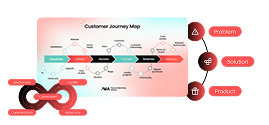




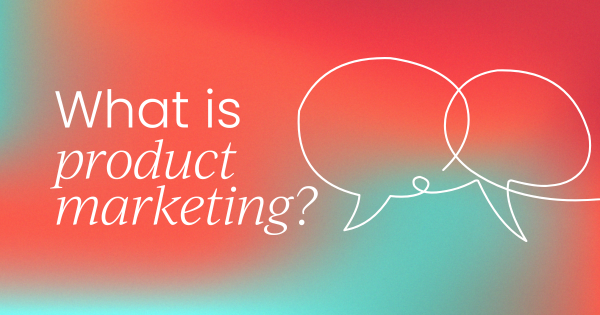
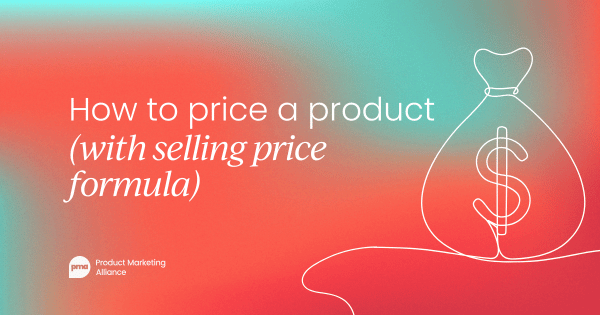

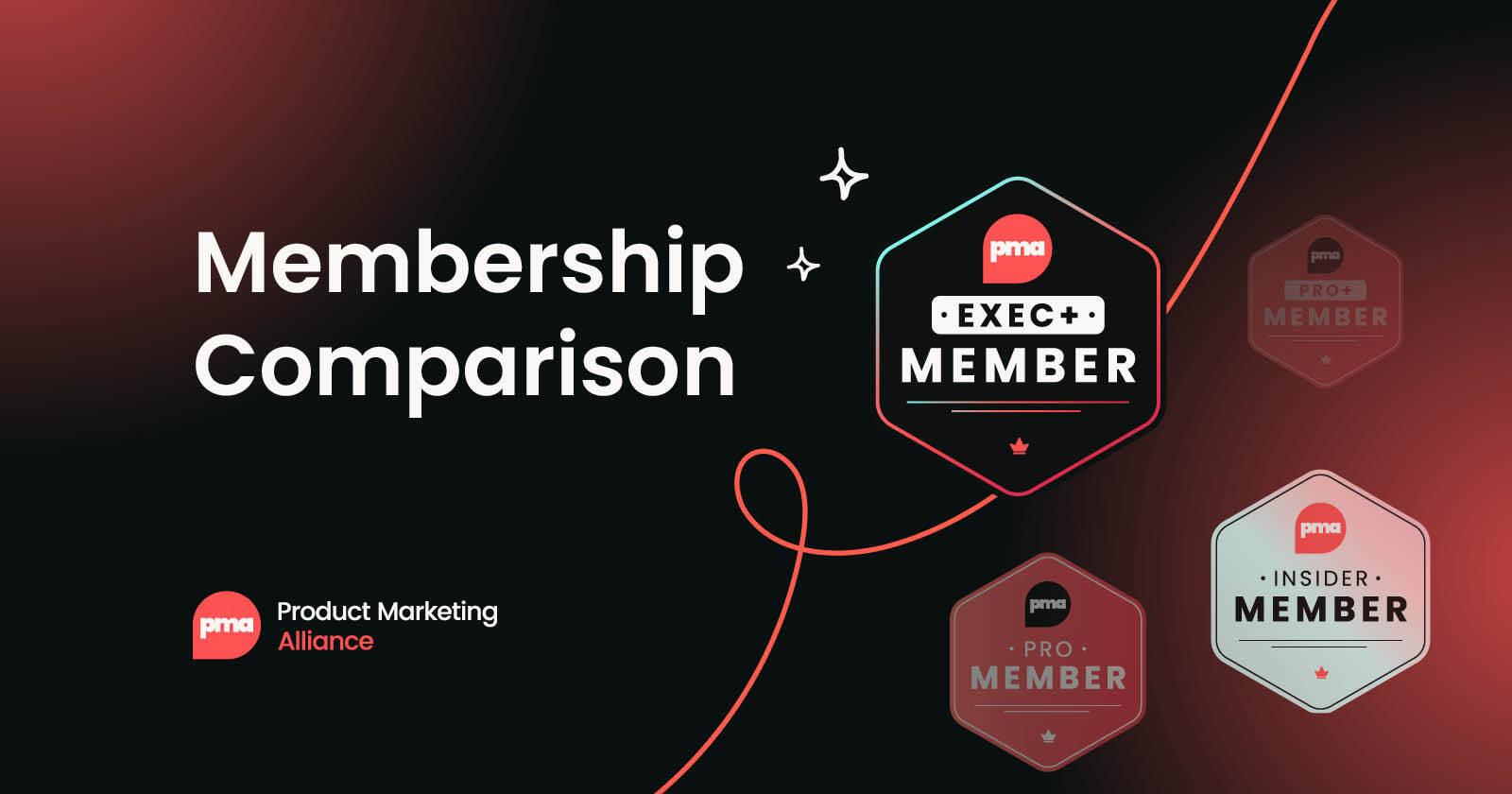


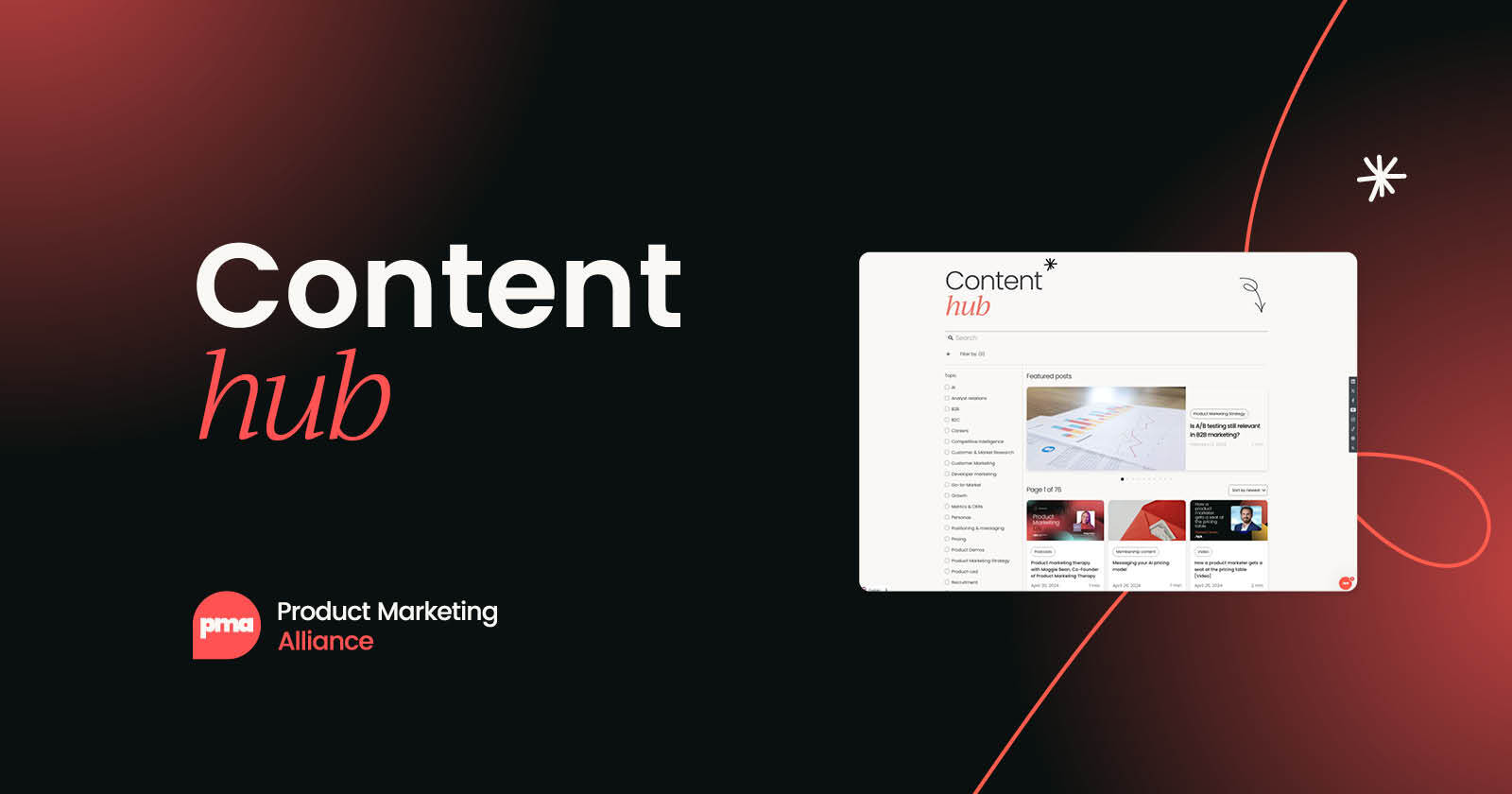

 Follow us on LinkedIn
Follow us on LinkedIn

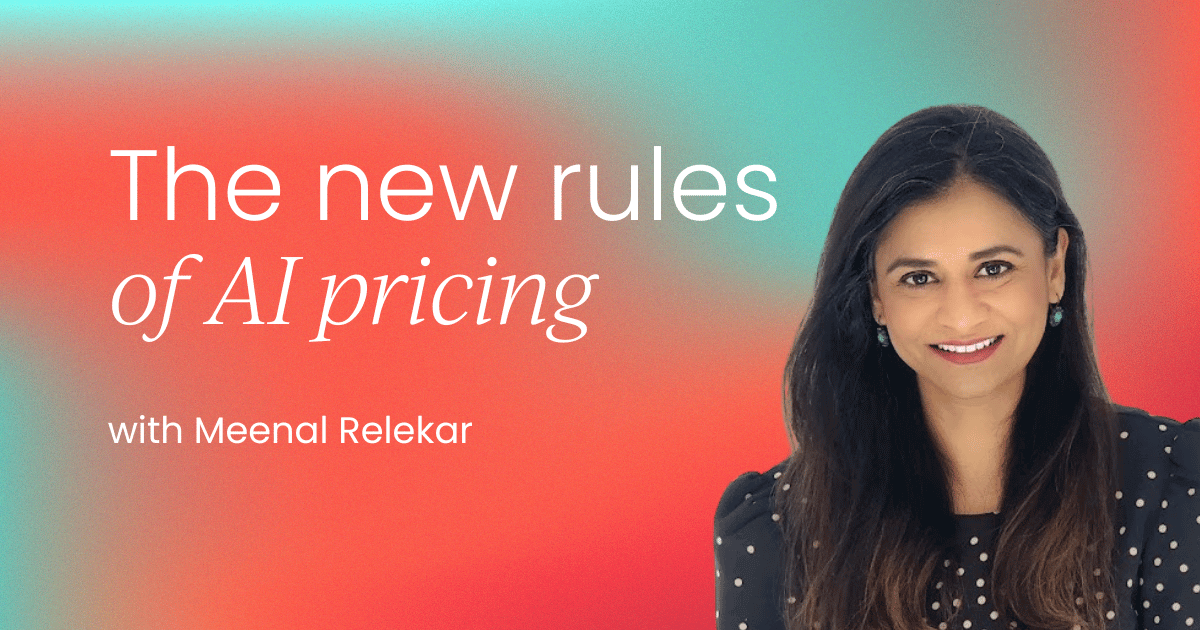


.svg)